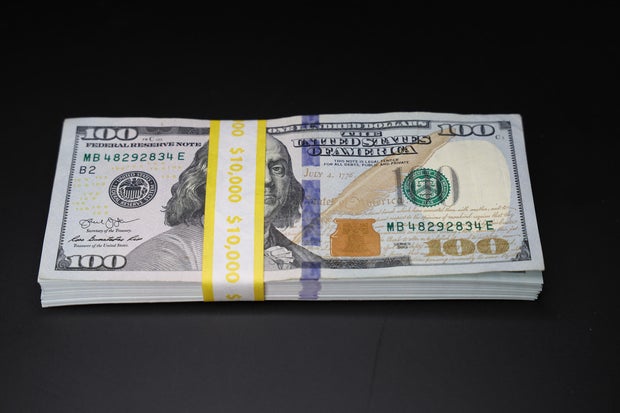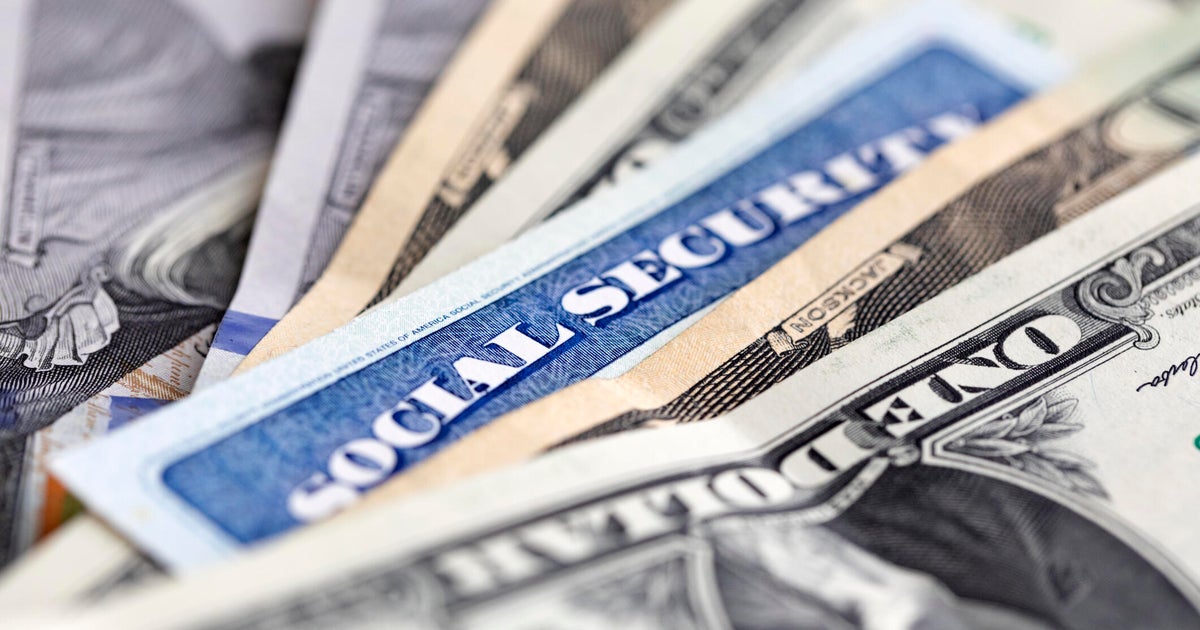 Savers can still earn a sizable return with a $10,000 deposit made into a CD or money market account.
Gabe Ginsberg/Getty Images
Savers can still earn a sizable return with a $10,000 deposit made into a CD or money market account.
Gabe Ginsberg/Getty Images
Federal Reserve interest rate cuts over the past year, approximately, have helped to reduce the borrowing costs for many Americans. Mortgage rates, for example, are now around a full percentage point lower than they were at the start of 2025. Rates on home equity loans and home equity lines of credit (HELOCs) are also near multi-year lows now, thanks largely to this cooler interest rate climate.
But a cooler interest rate climate works both ways, as savers are now experiencing. Rates on high-yield savings and certificate of deposit (CD) accounts are both lower than they were around a year ago, too. And the same is true for money market accounts. Rates on traditional savings accounts, meanwhile, are hard to register, with the median rate there currently just 0.40%.
Against this backdrop, depositing a large five-figure amount of money needs to be done strategically. Don't rush to put $10,000, for example, into a CD or a money market account without first calculating the potential returns. That said, rates on both accounts remain competitive, even if they're on the decline. Between a $10,000 CD and $10,000 money market account, then, which will earn more now, after the Fed cut rates in both September and October? We'll do the math below.
Start earning more interest on your money with a top CD account here.
$10,000 CD vs. $10,000 money market account: Which earns more now after the Fed cut rates?
Calculating the interest-earning potential with both of these accounts isn't easy to do with precision. That's because the CD account has a fixed rate that will remain the same for the full CD term, regardless of what happens in the broader interest rate climate, while the money market account has a variable rate that will be responsive to market conditions.
Here's how much a $10,000 CD account can earn, calculated against available rates and terms, alongside what a $10,000 money market account would earn over the same period, assuming a constant rate with the latter account type:
- $10,000 3-month CD at 4.05%: $99.75
- $10,000 money market account at 4.25% after three months: $104.60
- Difference between accounts: The money market account earns $4.85 more.
- $10,000 6-month CD at 4.20%: $207.84
- $10,000 money market account at 4.25% after six months: $210.29
- Difference between accounts: The money market account earns $2.45 more.
- $10,000 1-year CD at 4.85%: $485.00
- $10,000 money market account at 4.25% after one year: $425.00
- Difference between accounts: The CD account earns $60 more.
- $10,000 18-month CD at 4.05%: $613.61
- $10,000 money market account at 4.25% after 18 months: $644.23
- Difference between accounts: The money market account earns $30.62 more.
- $10,000 2-year CD at 4.00%: $816.00
- $10,000 money market account at 4.25% after two years: $868.06
- Difference between accounts: The money market account earns $52.06 more.
In just one of these five examples does a $10,000 CD account earn more than a $10,000 money market account. But these returns are all calculated on the assumption that the money market account interest rate remains the same over time. It's unlikely to do so, however, especially over the longer periods. Understanding this dynamic and the reality of looming interest rate cuts in 2026, savers will need to carefully weigh the returns that they can lock in with a CD versus what they may be able to secure with a money market account.
Learn more about your current CD account options here.
The bottom line
Currently, money market accounts are positioned to be more profitable than CD accounts. But that's right now, before the Federal Reserve meets again in December and before any rate adjustments are made in 2026 that could skew this dynamic. Consider both account types carefully, then, before getting started. And evaluate the pros and cons of splitting your money into both accounts simultaneously, which will allow you to lock in a high rate, maintain access to a portion of your funds and still exploit the more profitable money market account rate while it's still available.
Edited by Angelica Leicht


















































